How To Identify Kidney Pain
The kidneys are two important organs in the body that create urine by filtering excess fluid and wastes from an individual's blood. The kidneys are also responsible for the regulation of blood pressure, keeping minerals balanced, production of certain hormones, and regulation of bone strength. Pain in the kidneys can be caused by the presence of kidney stones, urinary tract infection, pyelonephritis, polycystic kidney disease, injury, trauma, or renal cancer. Back pain due to an issue with an individual's bones, nerves, or muscles can be mistaken for kidney pain and vice versa. Back pain due to nerve issues will typically occur on just one side of the back. Back pain is more prevalent among the general population than kidney pain is.
Location Of Pain

The location of pain can provide a better idea of whether an individual is experiencing pain in their kidneys or another tissue in the body. The main area where kidney pain is known to occur is in an individual's flank, which refers to the middle to upper back on either side of the spine. Pain in the kidney feels more like it is coming from deep inside of the body rather than a painful sensation that occurs just under the skin. The pain location may be described as the lower back part of an individual's ribcage, as the kidneys are located in that region.
Kidney pain can occur on just one or both sides of an individual's spine, depending on its underlying cause. Kidney pain has also been known to manifest in the middle of an individual's sides a couple of inches above the navel. Pain that occurs due to other issues an individual may have in their back will be located underneath the region where kidney pain typically manifests. Changes in position can make a large difference in back pain, but position changes typically do not significantly alter the severity or location of pain when it is due to the kidneys.
Type And Severity Of Pain
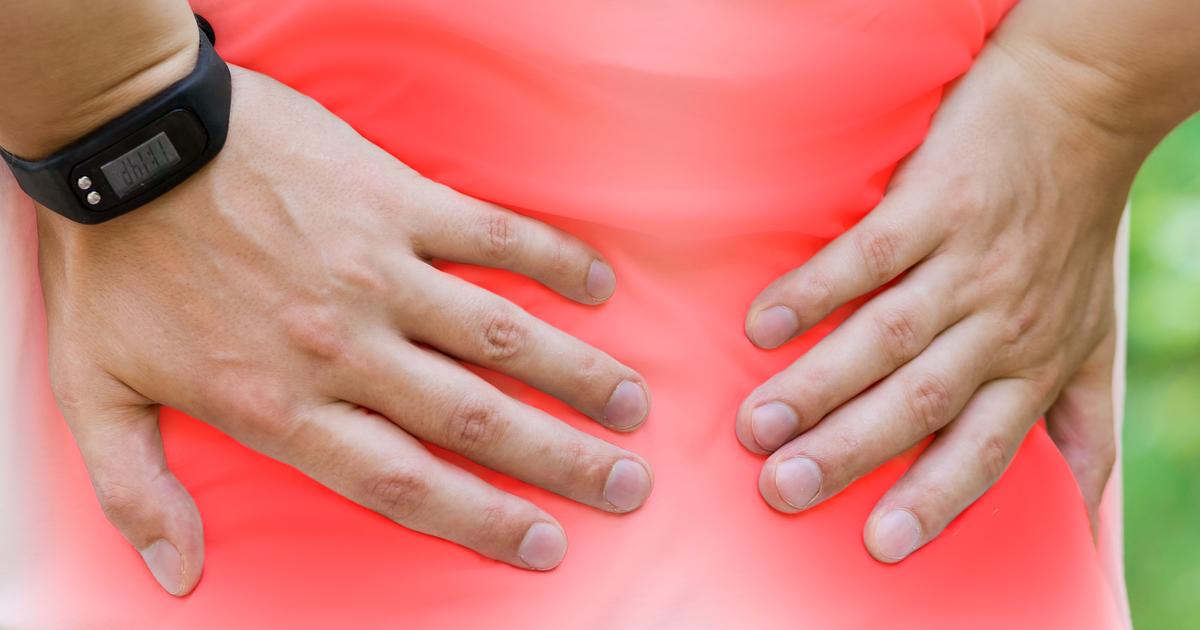
An individual can help determine whether they are experiencing kidney pain by the type and severity of their pain. The type and severity of kidney pain depend on what is causing it. Kidney stones are known to produce sudden, intense, and sharp pain when they irritate the inside of the kidney and move into the ureters. Nerve pain is often mistaken for stone related kidney pain because it also produces sharp and intense stabbing pain. However, nerve pain radiates to other parts of the body differently than kidney pain. Kidney stone pain will only ease up once the stone is inside of the bladder or once it has been expelled from the body.
Pain that occurs due to a kidney infection is usually a deep and dull ache sensation that remains stable and constant over time. Position changes do not alter it. This type of soreness will only improve upon several doses of antibiotics that successfully kill the infection-causing bacteria. Pain that occurs due to muscle and bone issues in an individual's back will not improve upon treatment with antibiotics and will fluctuate significantly with activity levels and position changes.
How The Pain Can Radiate
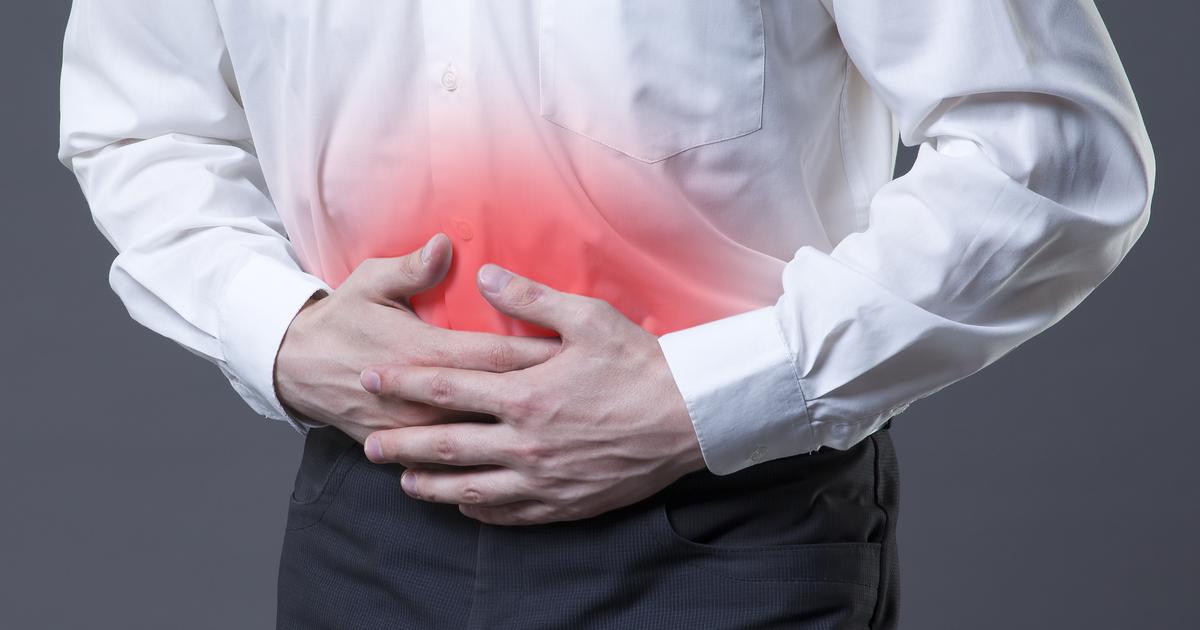
A certain property of kidney pain that can help identify it from other types of pain is how the pain can radiate in an individual's body. Because of the location of an individual's organs, kidney pain can easily radiate to the upper and middle abdominal areas in the front of the body. Pain that occurs due to kidney stones can radiate down to the individual's inner thighs or buttocks. Kidney pain associated with an infection that has made its way to the kidneys can radiate to the lower back and lower front abdominal region because of bladder involvement.
Kidney pain linked to a growing malignant tumor in or on the kidney can radiate around a patient's sides and deep into their abdomen. Pain caused by another source in the back is more likely to stay isolated to one area. However, some types of back pain that involve nerve problems can cause pain to radiate all the down into the individual's lower leg.
Accompanying Symptoms
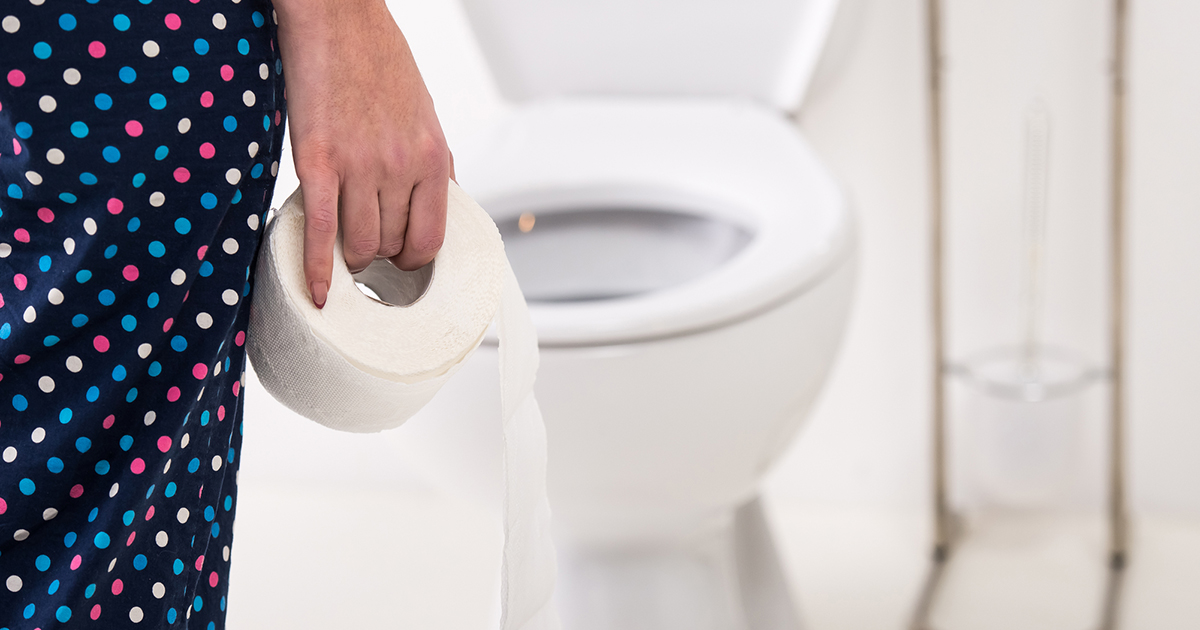
An individual's accompanying symptoms can indicate they may be experiencing kidney pain as opposed to pain of another type of tissue. The kidneys can be affected by conditions that produce symptoms such as hematuria, urinary frequency, vomiting, fever, chills, fatigue, cloudy urine, dark urine, pain when urinating, nausea, diarrhea, constipation, and dizziness. Individuals affected by a disease that has caused major damage to their kidney structure or functionality may experience foul-smelling breath, shortness of breath, confusion, muscle cramping, metallic taste, leg swelling, ankle swelling, irregular heartbeat, and swelling of the feet.
Patients with back pain rather than kidney pain will have different accompanying symptoms such as spinal aches, spinal stiffness, neck pain, muscle spasms, problems walking, and numbness and tingling that progresses from the back to the limbs. These accompanying symptoms can be confirmed through the use of a urine test, blood test, CT scans, x-rays, and ultrasounds.
When To Contact A Doctor
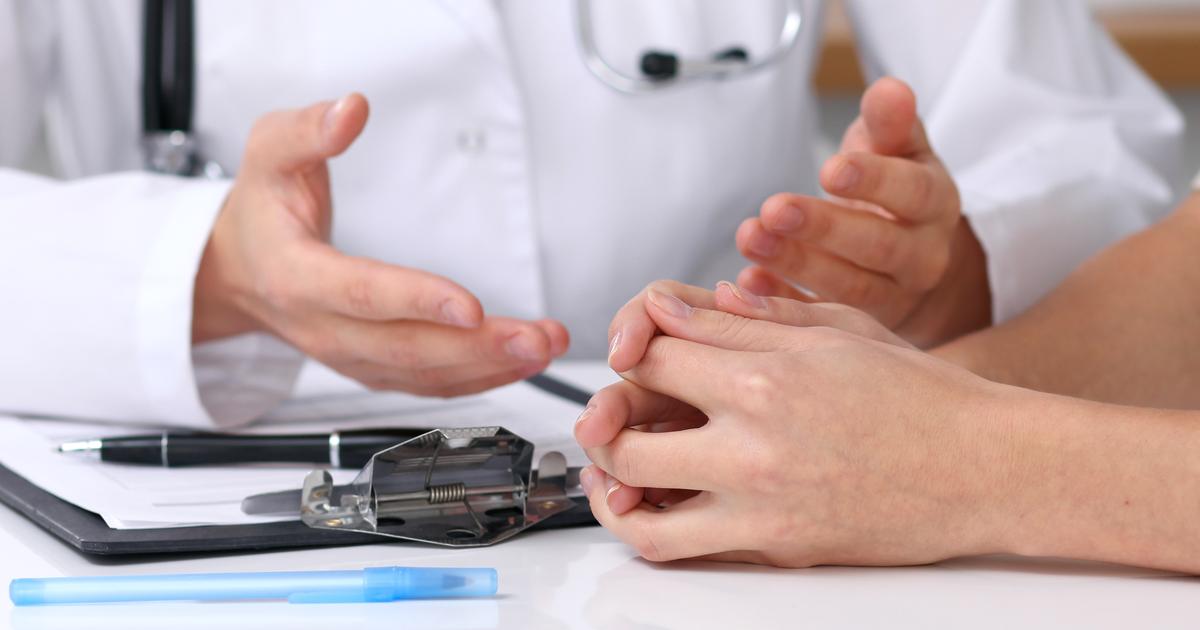
An affected individual needs to know when to contact a doctor about kidney pain. Patients who mistake back pain for kidney pain will think they can treat their pain at home with over-the-counter medications, rest, and heat therapy. However, kidney pain should not be treated at home without the guidance of a physician. Any severe and persistent pain that is not improving in severity after resting should be evaluated by a physician. Kidney pain that worsens over time can indicate the progression of life-threatening conditions or diseases.
Kidney stones can produce pain that may be debilitating to the point where a patient has trouble with walking or standing. If kidney pain is accompanied by other aforementioned symptoms, the patient must seek medical treatment. A kidney stone left untreated can cause a urinary obstruction that leads to irreversible kidney injury and kidney failure. An untreated kidney infection can lead to a life-threatening blood infection called sepsis. Untreated kidney cancer can progress to metastatic cancer that spreads to other parts of the body and cause kidney failure.
Does Not Change With Movement
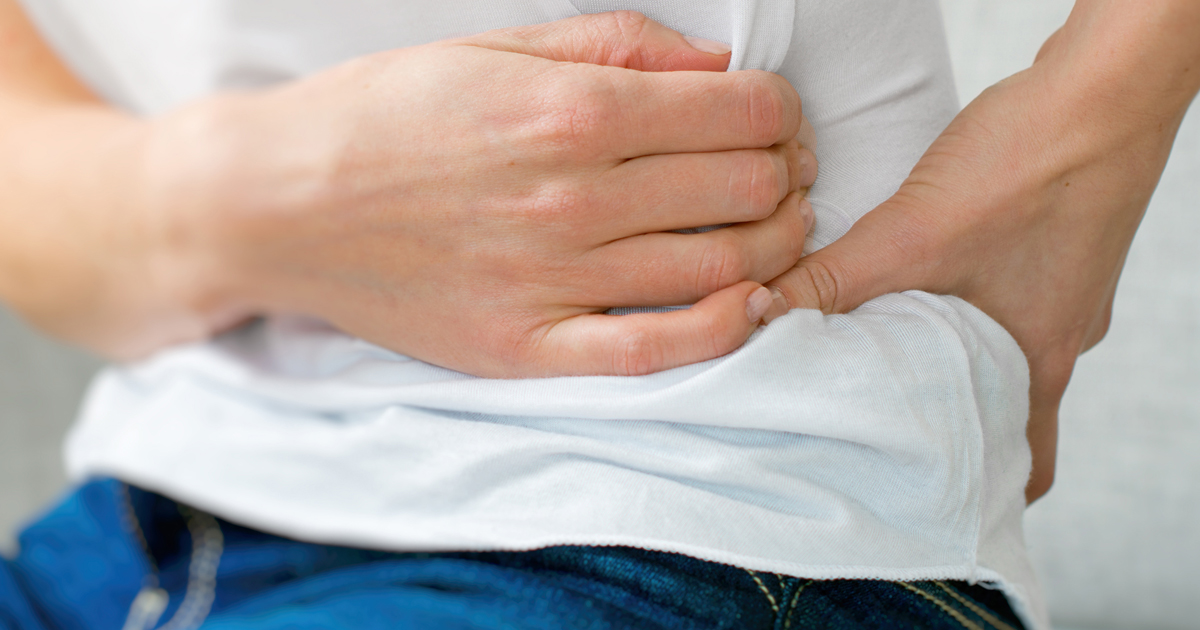
Unlike other types of pain, kidney pain typically doesn't change with movement. Patients usually experience kidney pain on one side of the body, and it is generally felt in one of the flanks (the areas on either side of the spine between the bottom of the ribcage and hips). Pain that originates in the kidneys may sometimes radiate to the inner thighs or lower abdomen. Kidney pain is normally constant, and patients with kidney stones often notice sharp pain. Individuals with kidney infections tend to report feeling a dull ache. While kidney pain does not worsen when the patient moves, it will not resolve without treatment. Changing position does not reduce kidney pain.
How Doctors Diagnose Kidney Pain
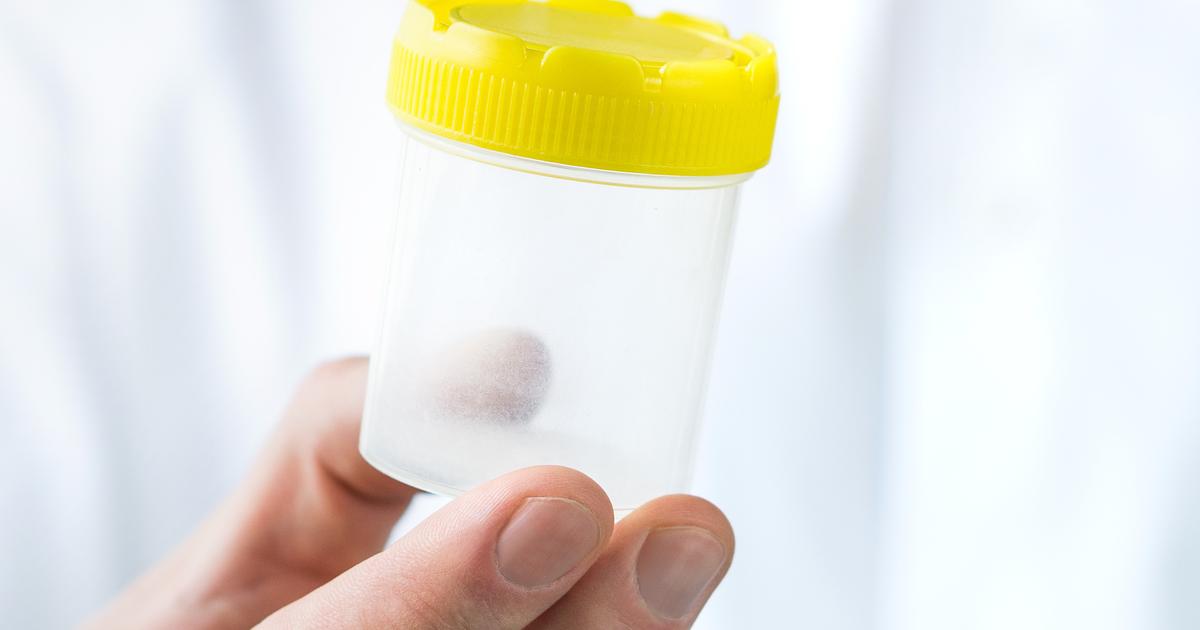
To determine the underlying cause of kidney pain, Doctors begin by taking the patient's medical history. They will ask questions about the location and nature of the pain, when it began, and if anything makes it worse or better. Next, the doctor will perform a physical examination. They will gently press on the patient's abdomen and back to check for any signs of tenderness, pain, or masses. After completing the physical exam, the doctor may recommend urine and blood tests to obtain more information. A complete urinalysis helps check for the presence of red blood cells or excessive protein, and blood tests for blood urea nitrogen, serum creatinine, and glomerular filtration rate could be necessary as well.
If a kidney infection is suspected, doctors may request a urine culture to isolate specific bacteria and fungi. An erythrocyte sedimentation rate test can also be performed on a sample of the patient's blood to check for inflammation. The patient may need to have an ultrasound exam or a CT or MRI scan to check for tumors, cysts, or obstructions. A cystoscopy could be recommended if imaging studies are unclear. This procedure is performed with a local anesthetic, and it involves inserting a flexible scope into the patient's urethra to view the bladder. If a tumor or growth is detected, the patient may need to have a kidney biopsy. This may be performed with a fine needle guided by ultrasound, and it could also be completed with a hollow needle.
Triggers For Pain

Kidney infections, obstructions, and masses are some of the major triggers for pain in this area of the body. Patients could experience kidney pain if a urinary tract infection spreads to the kidneys from the lower urinary tract, and this may lead to a condition called pyelonephritis. Symptoms of this condition usually include painful urination, a high fever, urinary urgency, and nausea. Obstructions caused by kidney or bladder stones could produce intense pain in the kidneys as well.
Occasionally, kidney pain can be triggered by tumors of the prostate, colon, bladder, cervix, or uterus. Renal vein thrombosis, neurogenic bladder, polycystic kidney disease, and benign prostatic hyperplasia could contribute to kidney pain too. Individuals who have recently been catheterized for a long time could notice pain in the kidneys, and pregnancy also increases the likelihood of kidney pain.